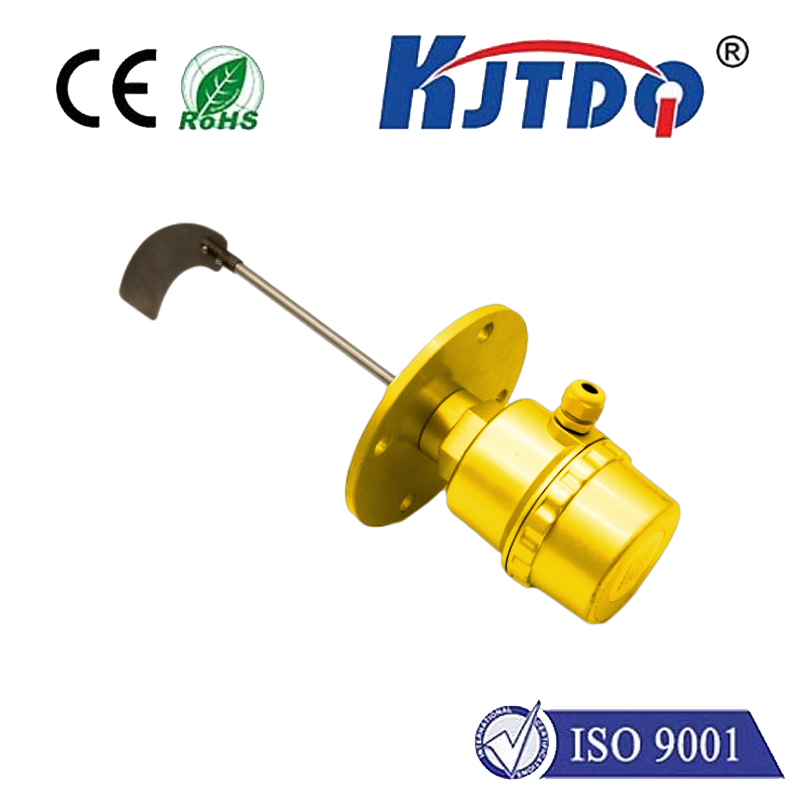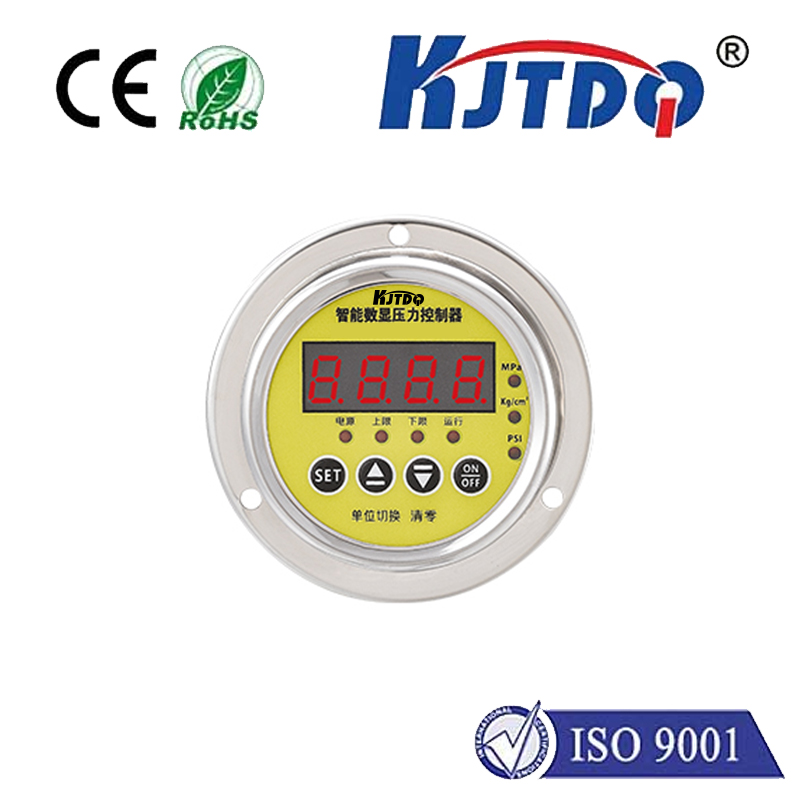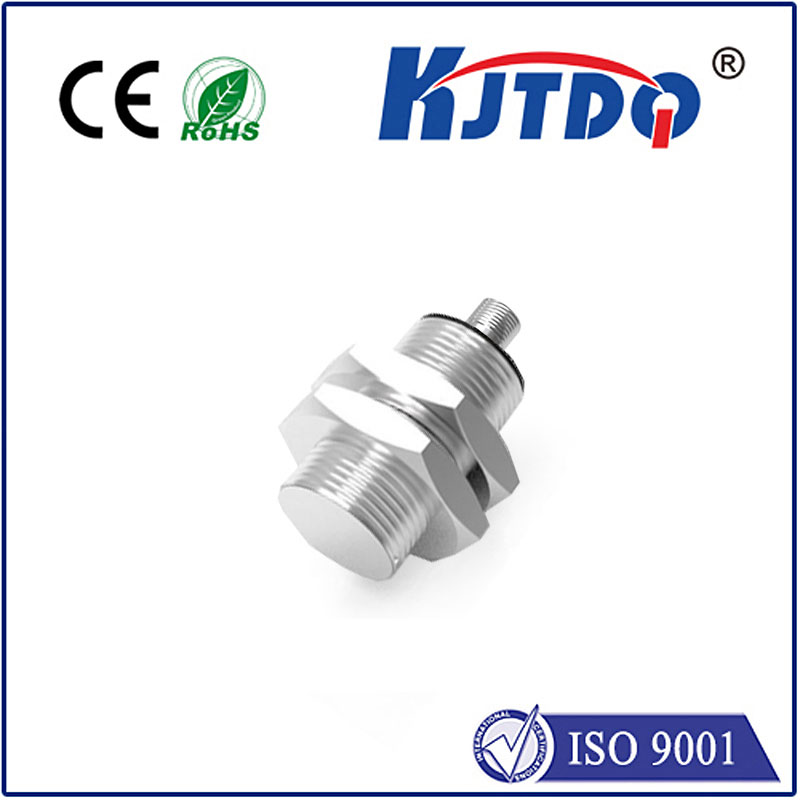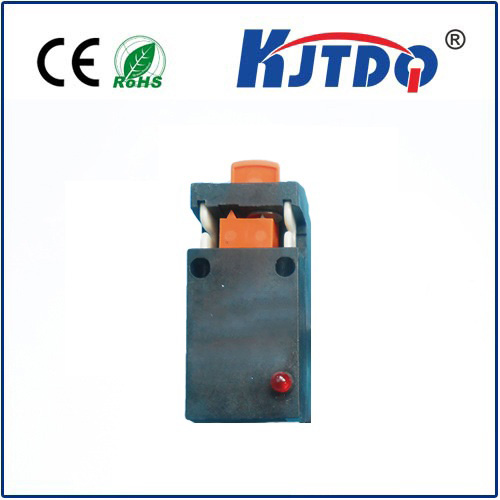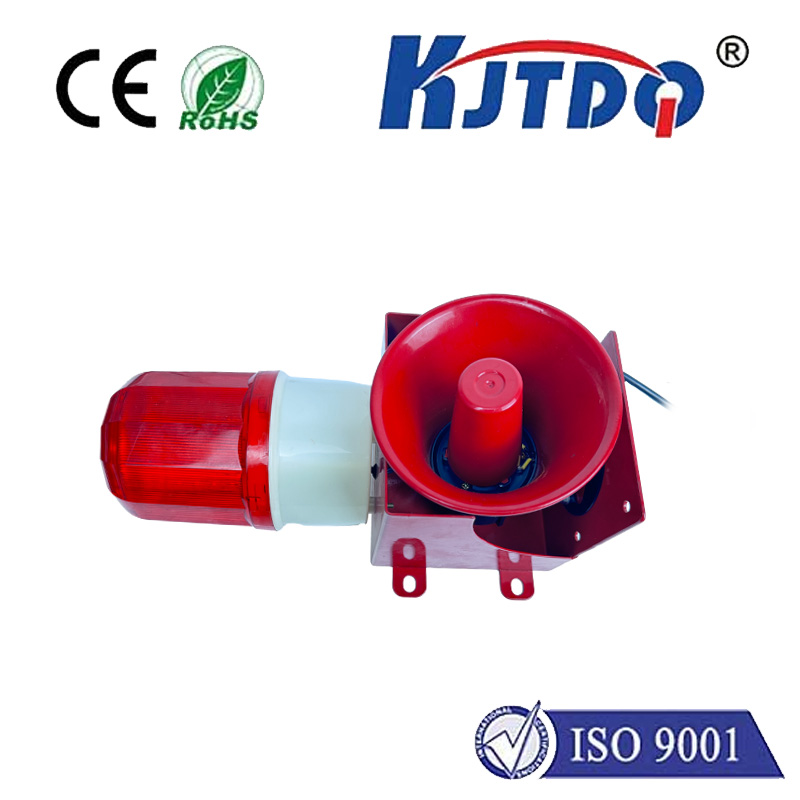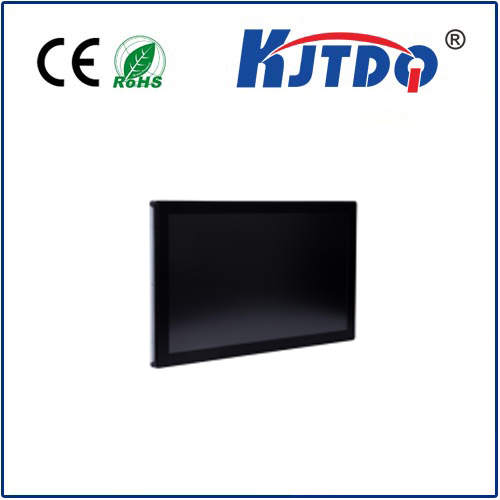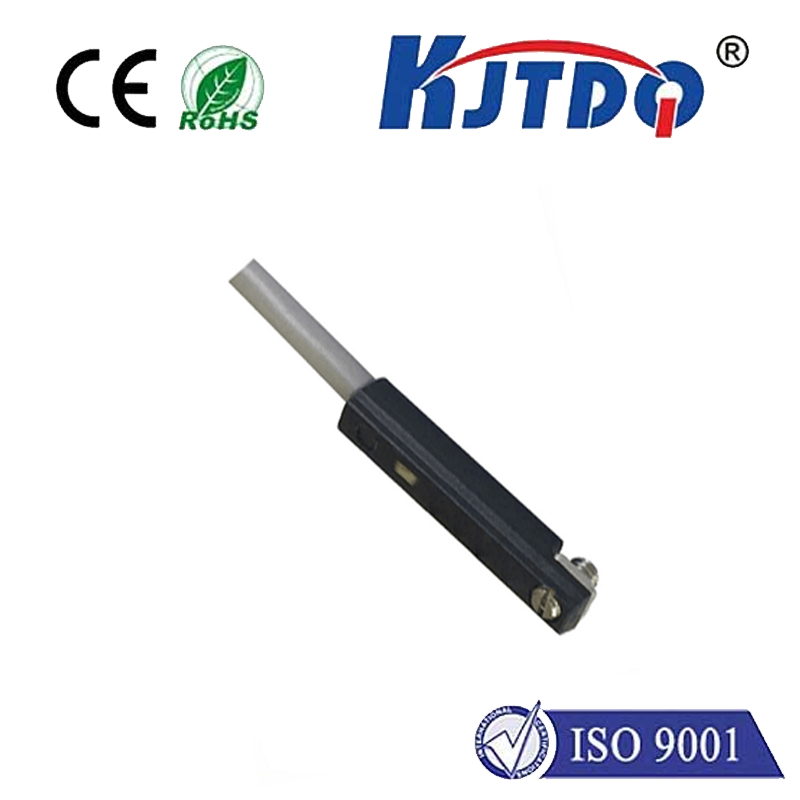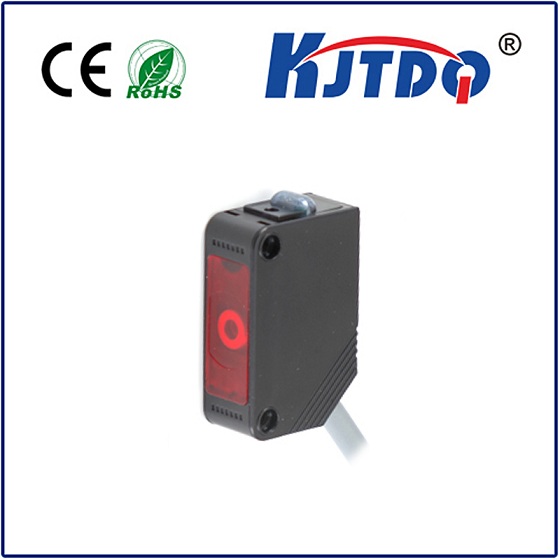
check

check

check

check
Title: An Introduction to E2E-X2D2-M3G Zinductive Proximity Sensors
Zinductive proximity sensors have become an essential component in various industries due to their ability to detect the presence of metal objects without physical contact. Among these sensors, the E2E-X2D2-M3G series stands out for its advanced features and reliable performance. In this article, we will explore the key aspects of the E2E-X2D2-M3G zinductive proximity sensor, highlighting its benefits, functionality, and potential applications.
I. What is a Zinductive Proximity Sensor?
A zinductive proximity sensor is a type of inductive sensor that uses electromagnetic fields to detect the presence of metal objects. It works on the principle of electromagnetic induction, where a changing magnetic field induces an electric current in a nearby conductor. The sensor generates an alternating magnetic field using a coil and oscillator circuit, and when a metal object enters the field, it absorbs energy from the field, causing a change in the振 amplitude of the振荡 signal. This change is detected by the sensing circuitry, and the sensor produces an output signal corresponding to the detected object's position or distance.
II. The E2E-X2D2-M3G Series: Features and Specifications
The E2E-X2D2-M3G series is a line of high-performance zinductive proximity sensors designed for industrial automation applications. Some of its standout features include:

1. Compact Size: The sensor has a compact design that allows for easy installation in狭小 spaces.
2. Wide Detection Range: The E2E-X2D2-M3G series offers a wide detection range, making it suitable for detecting metal objects from a distance.
3. High Reliability: The sensor is built with high-quality components and features overvoltage protection, ensuring reliable operation in harsh environments.
4. Versatile Output Options: The sensor provides versatile output options, including NPN/PNP outputs and IO-Link communication, allowing for easy integration into various control systems.
5. Customizable Sensitivity: The sensitivity of the sensor can be adjusted through potentiometers or software, enabling users to optimize its performance based on specific application requirements.
III. Applications of Zinductive Proximity Sensors
Zinductive proximity sensors have a wide range of applications across various industries due to their ability to detect metal objects without physical contact. Some typical applications include:
1. Automotive Manufacturing: Zinductive proximity sensors are used in automotive assembly lines to detect the presence of metal parts, such as nuts, bolts, and washers, ensuring proper alignment and assembly.
2. Food Processing: In food processing plants, zinductive proximity sensors are used to detect metal contaminants in products, ensuring product safety and quality control.
3. Pharmaceutical Industry: Zinductive proximity sensors are employed in pharmaceutical manufacturing to detect the presence of metal particles in tablets or capsules, preventing contamination and ensuring product purity.
4. Packaging Industry: In packaging lines, zinductive proximity sensors are used to detect the presence of metal foils or labels, ensuring accurate placement and secure packaging.
IV. Conclusion
In conclusion, the E2E-X2D2-M3G series is a highly reliable and versatile zinductive proximity sensor that offers numerous benefits for industrial automation applications. Its compact size, wide detection range, high reliability, customizable sensitivity, and versatile output options make it an ideal choice for various industries, including automotive manufacturing, food processing, pharmaceutical production, and packaging. As technology continues to advance, we can expect further innovations in zinductive proximity sensors, driving greater efficiency and productivity across industries
